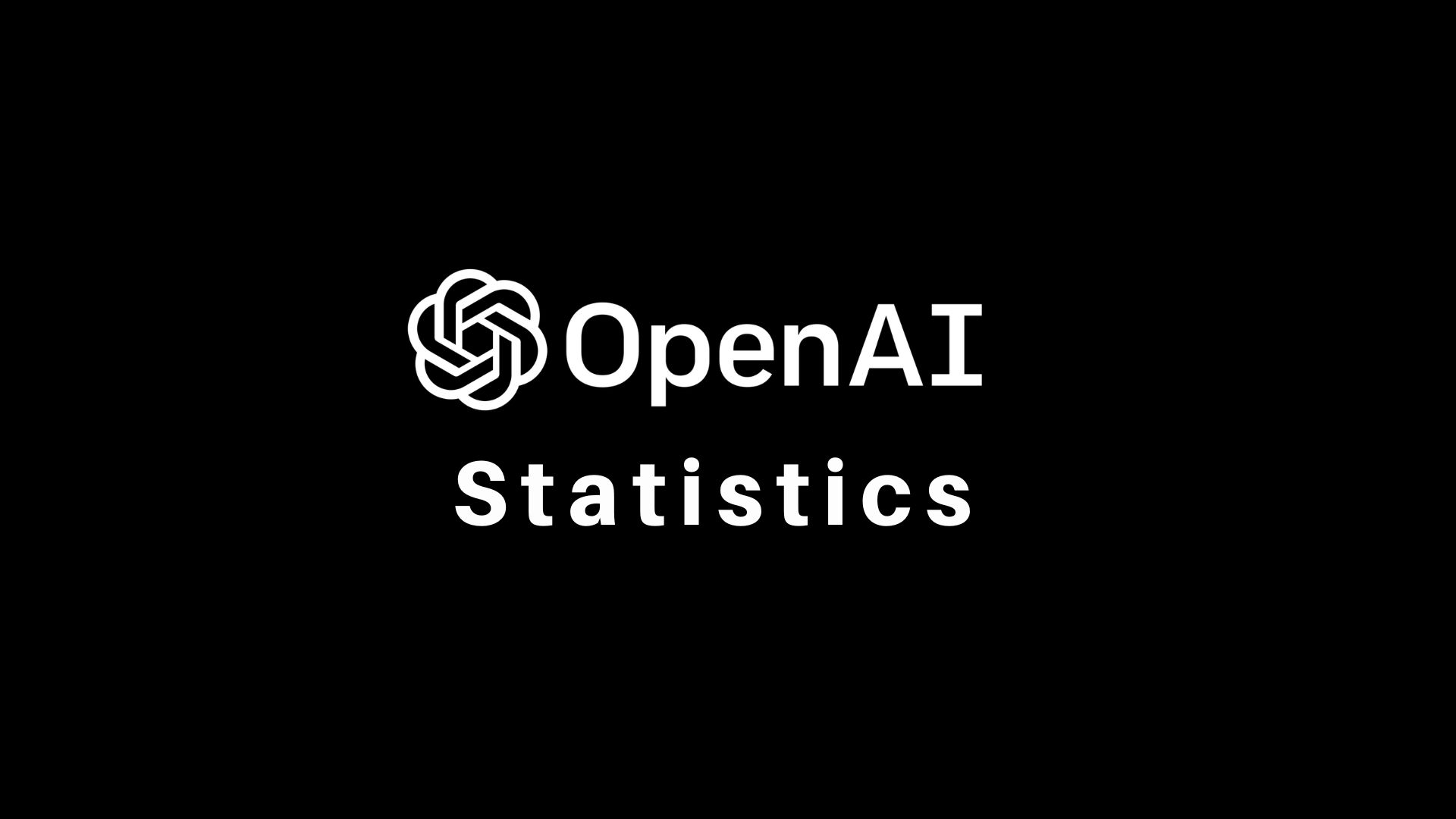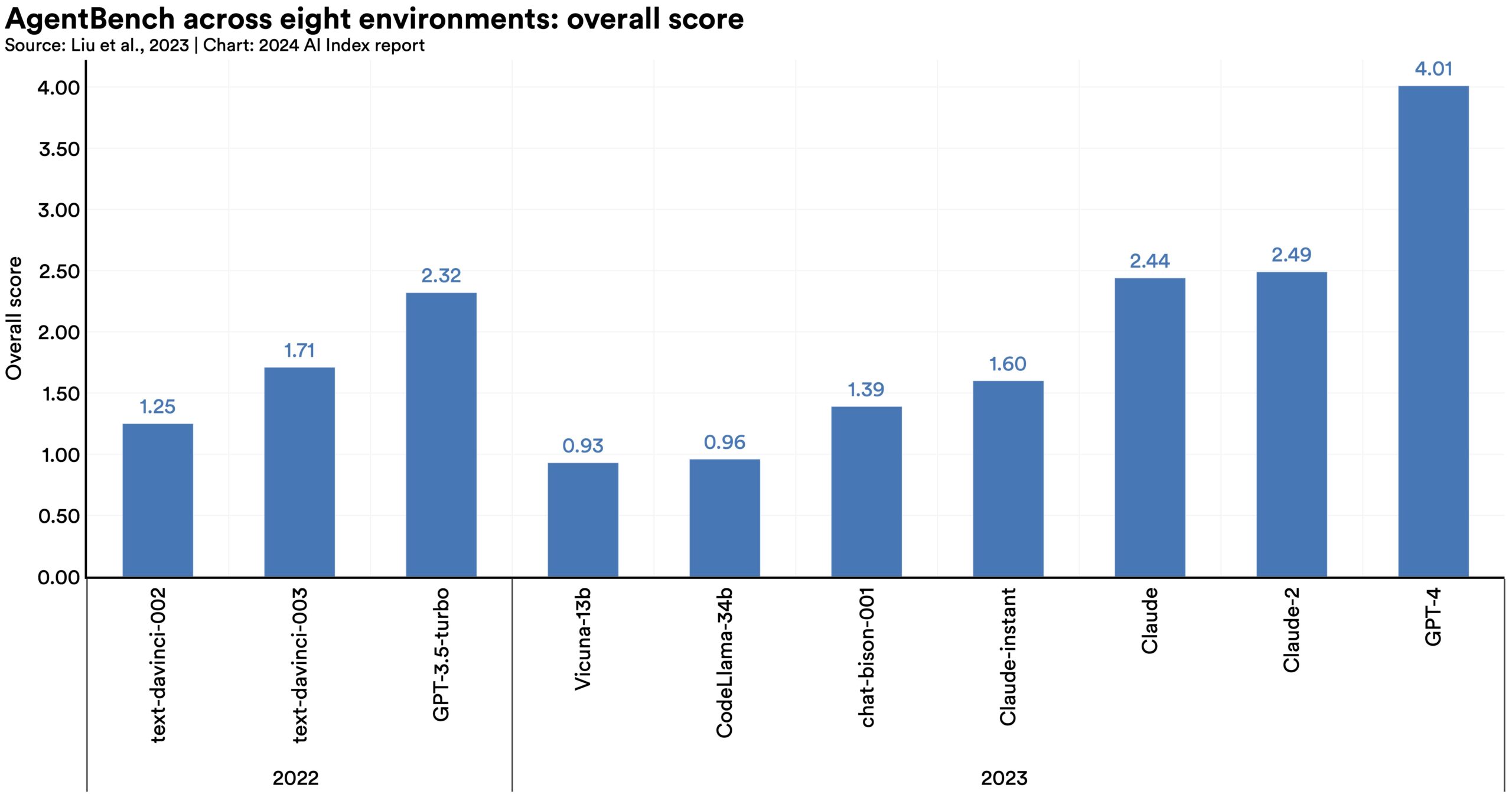OpenAI expects to lose $5 billion this year; plans to raise ChatGPT prices to boost revenue
Back in July, we covered OpenAI’s rapid cash burn as the company scaled at a breakneck pace. Now, a fresh report from the New York Times (NYT) suggests OpenAI may have to bump up its prices to keep things afloat.
Rapid Revenue Growth but Substantial Losses Expected
The NYT, citing internal financial documents, revealed that OpenAI pulled in $300 million in monthly revenue by August, marking a massive 1,700% increase since early 2023. They’re eyeing $3.7 billion in annual sales for this year, with a forecast of $11.6 billion for next year. Despite this rapid growth, OpenAI expects to lose around $5 billion this year, thanks to hefty operational costs like running its services, employee paychecks, and office expenses, according to a financial expert who reviewed the documents. The analysis doesn’t include equity compensation or some other major expenses.

Plans to Raise Funding and ChatGPT Prices
OpenAI estimates that its revenue will balloon to $11.6 billion next year. But it expects to lose roughly $5 billion this year after paying for costs related to running its services and other expenses like employee salaries and office rent, according to an analysis by a financial professional who has also reviewed the documents, as reported by The New York Times.
Growing Challenges and Revenue Projections
Despite its recent success, OpenAI faces challenges in converting its growing user base into revenue. The company projects its revenue to reach $100 billion by 2029, positioning it alongside major corporations in terms of annual sales. However, the company's financial performance raises concerns about its long-term sustainability.

The astronomical costs of developing and maintaining cutting-edge AI models have significantly impacted OpenAI's financial health. The company's rapid expansion and the complex computational demands of AI development have intensified the financial pressure, necessitating strategic moves like raising ChatGPT prices to improve revenue streams.
Conclusion
Founded in 2015, OpenAI has transitioned from a nonprofit to a commercial model, with a focus on developing safe and beneficial artificial general intelligence. Despite financial challenges and leadership transitions, OpenAI remains a key player in the AI industry, driven by the success of ChatGPT and its innovative AI technologies.




















